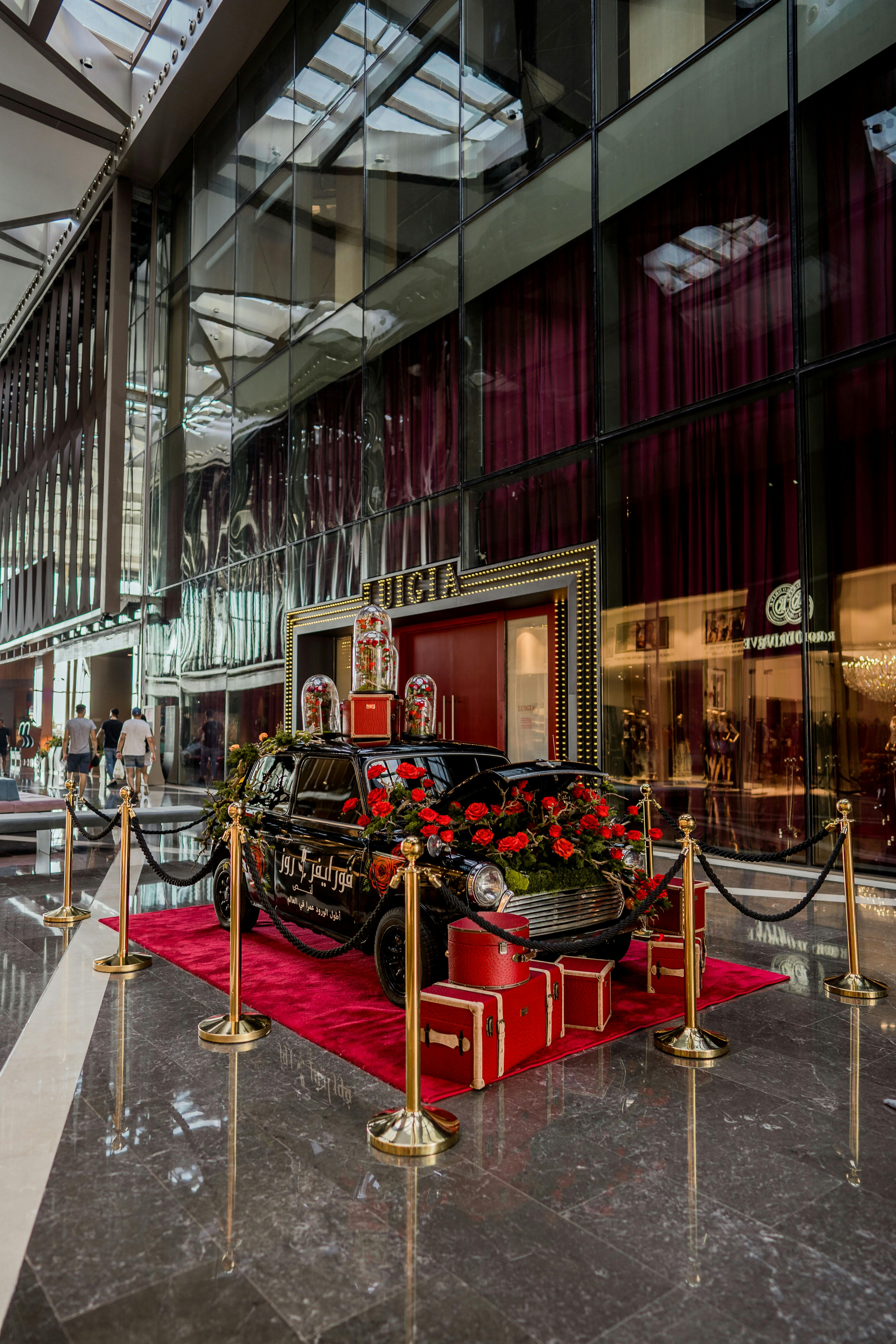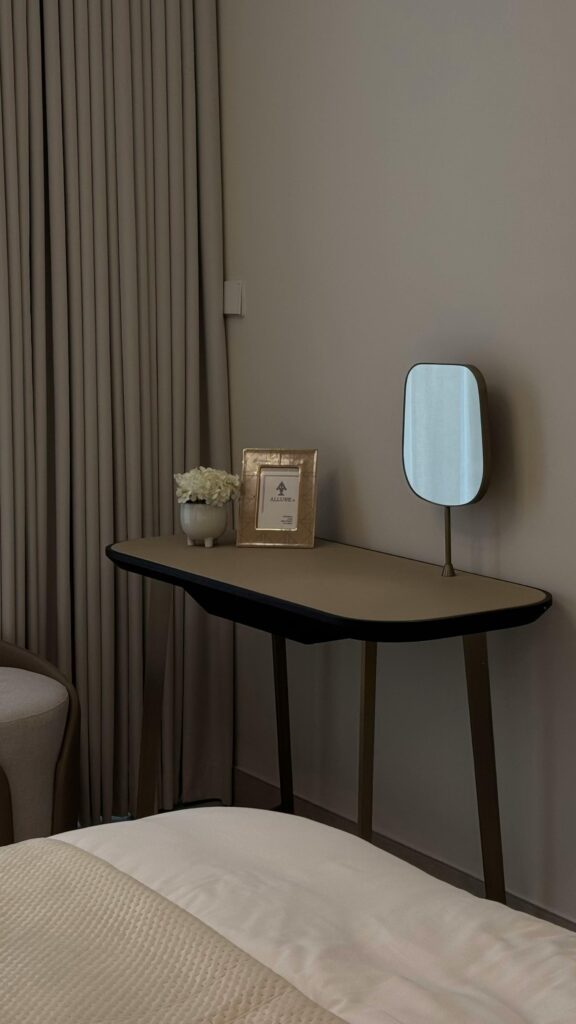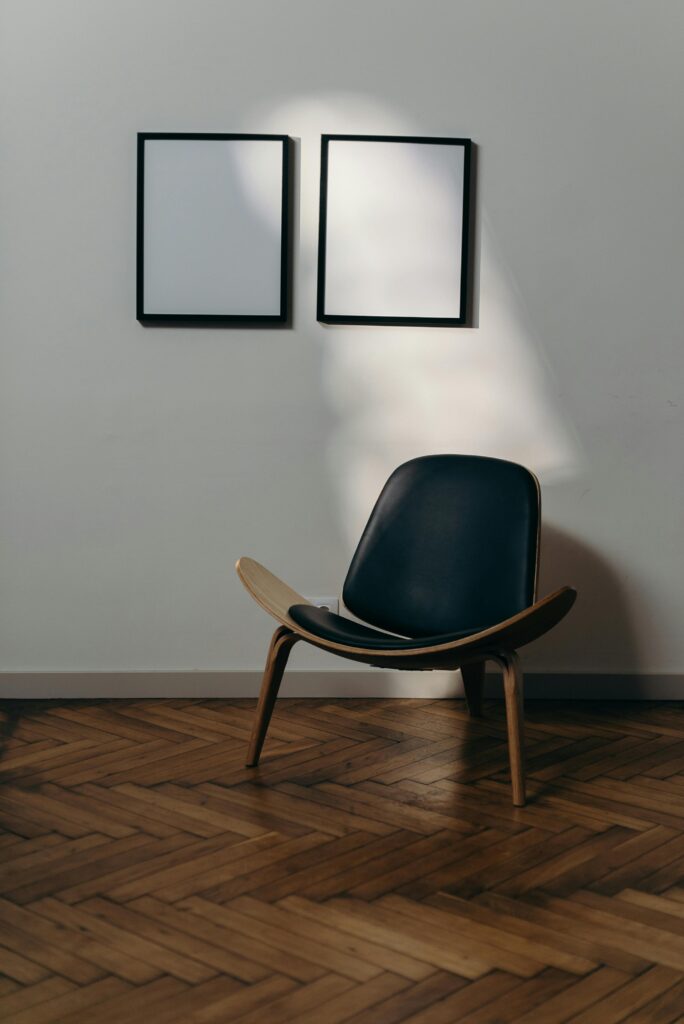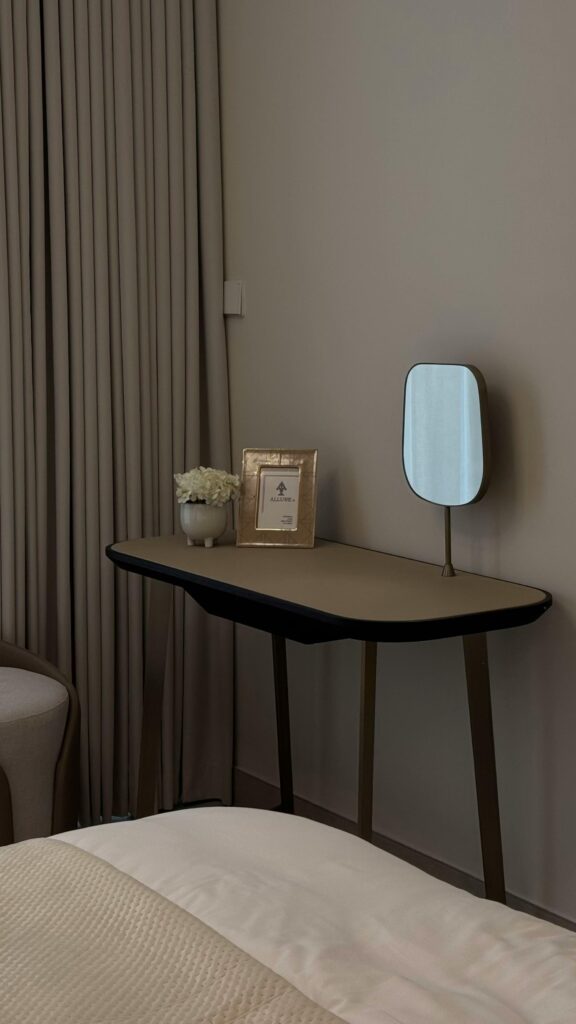When luxury brands invest millions in Dubai’s world-class exhibitions, they face a critical challenge: how do you transform a sterile trade show booth into an unforgettable brand experience that drives genuine engagement and measurable ROI? The answer lies in understanding that exhibition design in 2026 is no longer about displaying products—it’s about orchestrating immersive brand narratives that emotionally connect with visitors and leave lasting impressions.
Dubai’s position as the Middle East’s premier exhibition hub demands nothing less than excellence. With over 150 major trade shows annually and billions in economic impact, the stakes have never been higher for brands seeking to cut through the visual noise and capture their audience’s attention in meaningful ways.
This comprehensive guide reveals how premier commercial exhibition specialists are revolutionizing trade show experiences through strategic luxury design principles, cutting-edge technology integration, and culturally-informed spatial storytelling that transforms passive observers into active brand advocates.

This Photo was taken by aboodi vesakaran.
The psychology of immersive brand experiences in exhibition spaces
Understanding visitor psychology forms the foundation of successful exhibition design. Research from the Exhibition Industry Research Alliance shows that attendees form impressions within the first 7 seconds of entering a booth, making initial visual impact crucial for engagement success.
Premier exhibition specialists recognize that effective brand experiences tap into multiple sensory channels simultaneously. The most successful Dubai exhibitions in 2025 incorporated tactile elements, ambient soundscapes, and even carefully curated scents to create memorable multi-sensory environments that visitors associate with the brand long after the event concludes.
Luxury exhibition design leverages spatial psychology principles similar to those used in high-end retail environments, creating intuitive traffic flows that guide visitors through strategically planned brand narratives. This approach ensures maximum message absorption while maintaining the sophisticated aesthetic standards expected in Dubai’s premium exhibition venues.
| Design Element | Visitor Engagement Impact | Brand Recall Increase |
|---|---|---|
| Interactive Digital Displays | 340% increase in dwell time | 67% higher brand recall |
| Multi-sensory Experiences | 280% more qualified leads | 89% increased memorability |
| Personalized Content Zones | 450% longer engagement | 92% improved message retention |

This Photo was taken by aboodi vesakaran.
Strategic space planning for maximum visitor engagement
Effective exhibition space planning requires understanding how visitors naturally navigate trade show environments. Leading Dubai exhibition designers employ heat mapping data and visitor flow analytics to create booth layouts that maximize engagement opportunities while maintaining luxury aesthetics.
Creating natural traffic patterns
The most successful exhibition spaces feature wide, welcoming entrances that draw visitors inward without creating bottlenecks. Strategic placement of key messaging and product displays along natural sight lines ensures maximum visibility for critical brand elements. This principle mirrors techniques used in premium office design, where workflow optimization meets aesthetic excellence.
Premier specialists incorporate transition zones that allow visitors to move seamlessly between different brand experience areas. These buffer spaces prevent overcrowding while providing opportunities for more intimate brand interactions that foster deeper connections and qualified lead generation.
Zoning for diverse visitor needs
Modern exhibition design recognizes that trade show attendees have varying engagement preferences and time constraints. Successful luxury exhibitions feature distinct zones catering to different visitor types: quick information seekers, detailed product researchers, and relationship builders seeking extended conversations with brand representatives.

This Photo was taken by Kate Trysh.
Technology integration for next-generation exhibition experiences
The exhibition landscape has transformed dramatically, with technology becoming integral to creating memorable brand experiences. However, successful integration requires balancing innovation with intuitive usability, ensuring technology enhances rather than overwhelms the core brand message.
Augmented reality and virtual demonstrations
Leading Dubai exhibitors are leveraging AR technology to showcase products and services beyond physical constraints. Virtual product demonstrations allow visitors to explore complex offerings in interactive ways that traditional static displays cannot match. This technology proves particularly valuable for companies presenting large-scale solutions or services that cannot be physically demonstrated within exhibition space limitations.
Virtual reality experiences create immersive brand storytelling opportunities that transport visitors into different environments or scenarios. Luxury brands use VR to showcase lifestyle applications of their products, creating emotional connections that drive purchase decisions long after the exhibition concludes.
Data capture and personalization systems
Advanced exhibition spaces incorporate sophisticated visitor tracking and preference identification systems that enable real-time experience personalization. These systems capture valuable visitor behavior data while providing customized content that increases engagement quality and lead qualification accuracy.

This Photo was taken by Ayrat.
Cultural sensitivity in Dubai’s international exhibition environment
Dubai’s position as a global business hub means exhibition spaces must appeal to diverse international audiences while respecting local cultural values. Successful exhibition design requires nuanced understanding of cross-cultural communication principles and aesthetic preferences that resonate across different visitor demographics.
Premier exhibition specialists incorporate cultural adaptability features that allow messaging and visual elements to adjust based on visitor preferences or time of day. This sophistication level, similar to approaches used in multi-generational living spaces, acknowledges the diverse needs of Dubai’s international exhibition audience.
Language and messaging considerations
Effective multilingual exhibition design goes beyond simple translation to encompass cultural communication styles and visual hierarchy preferences. Research from the Dubai Department of Tourism and Commerce Marketing indicates that exhibitions incorporating multilingual design elements see 45% higher engagement from international visitors.
Visual storytelling techniques must account for different reading patterns and color associations across cultures. Leading designers create flexible visual systems that maintain brand consistency while adapting to cultural context requirements throughout the exhibition duration.

This Photo was taken by Kadir Avşar.
Sustainable luxury in exhibition design practices
Environmental consciousness has become increasingly important in luxury exhibition design, with leading brands recognizing that sustainability enhances rather than compromises premium positioning. Dubai’s commitment to environmental leadership drives demand for exhibition solutions that combine luxury aesthetics with responsible material choices and energy-efficient systems.


